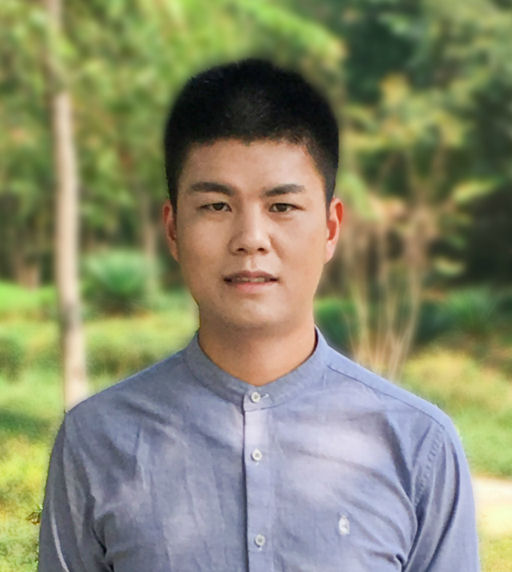Seminar: Towards Secure and Privacy-Preserving Crowd Sensing in the Internet of Things

Chenglin Miao
Ph.D. candidate in the Department of Computer Science and Engineering at the State University of New York at Buffalo
Wednesday February 12, 2020
3:30 p.m.
Patrick F. Taylor Hall, Room 3107
Abstract
The recent proliferation of Internet of Things (IoT) has given rise to crowd sensing, a newly-emerged sensing paradigm where the collection of sensory data are outsourced to a crowd of users participating in the sensing task. However, all the parties in a crowd sensing system, including not only the participatory users who contribute sensory data but also the cloud server that collects the user-contributed data, may be malicious. On one hand, a user may launch malicious attacks through submitting manipulated sensory data for the purpose of sabotage or financial rewards. On the other hand, the server may want to infer a user’s sensitive personal information from his sensory data. Both the security and privacy issues can largely degrade the effectiveness of crowd sensing in practice.
In this talk, I would like to introduce my research efforts towards the goal of building secure and privacy-preserving crowd sensing systems in the Internet of Things. In particular, I will present an intelligent data poisoning attack framework that can take down a sensing system even with the reliability-aware data aggregation mechanism empowered. In addition, I will also introduce two privacy-preserving reliability-aware data aggregation schemes that can guarantee both high aggregation accuracy and strong privacy protection in crowd sensing systems.
Bio
Chenglin Miao is currently a Ph.D. candidate in the Department of Computer Science and Engineering at the State University of New York at Buffalo. He received his M.S. from the University of Science and Technology of China and B.S. from Hefei University of Technology. His research interests lie in the areas of Internet of Things (IoT) and Cyber Security, with a current focus on the security and privacy aspects of wireless, mobile, and crowd sensing systems. His research work has been published in various top venues such as MobiCom, SenSys, MobiHoc, INFOCOM, ICDCS, WWW, KDD, IJCAI, TPDS, and TOSN.